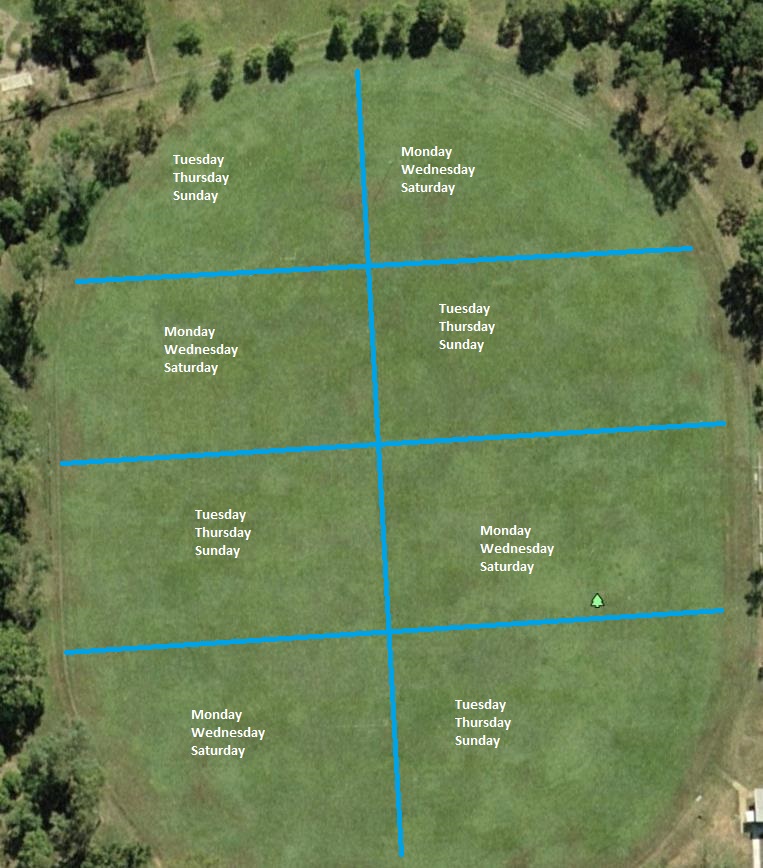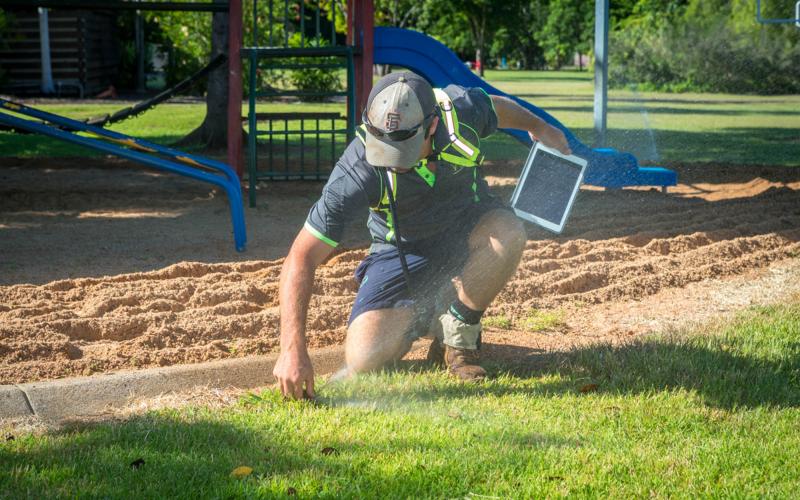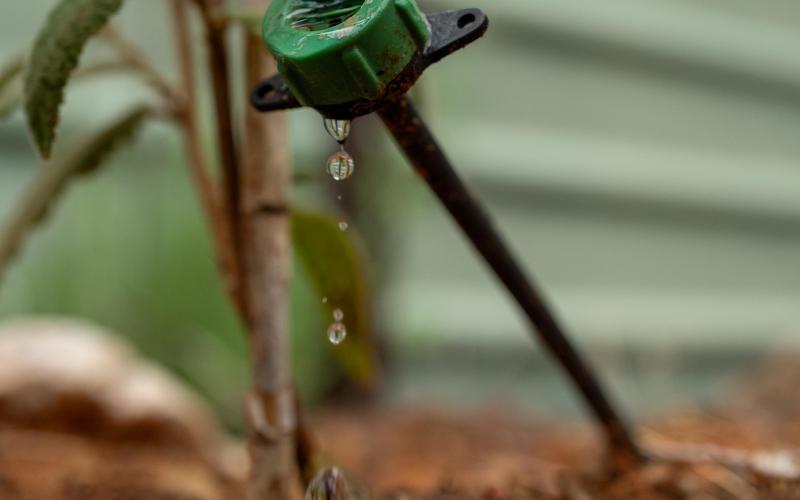Irrigation tips to save your school money
Water use in a school can be a huge expense. There’s a lot of grass to keep green and some schools we’ve worked with have had daily watering costs of up to $300!
Living Water Smart has been working with schools to help them reduce their water expenses. With our STEM based schools program and our water use health check program, we are here to help. Contact us by email at savewater@powerwater.com.au.
Some simple tips for schools to try that will save water on the lawns and gardens:
-
Test your irrigation system regularly. Most schools do the right thing and water their lawns and gardens at night, but it's important you check the entire system at least once a month. Here’s an example of why this is so important to do. One irrigation zone that comes on between 3.30am to 4.00am usually uses 2.5 litres per second which works out at 4500 litres per night (or approximately $9). If this zone has two damaged sprinkler heads and/or a split in the pipework this usage can jump to 7 litres per second which works out to 12600 litres per night (or approximately $26 per night). If this was allowed to continue for a month this would cost the school and extra $510 for the month (if irrigation was every day).
-
The tell-tale signs of broken sprinkler heads and irrigation systems would appear as really dark green patches surrounded by dying brown patches. In some cases people think that more water is required which makes the problem so much worse! It’s incredibly important to check to see if the irrigation is working at it’s best.
-
Reconsider just how much lawn is required at your school. Is there anywhere you could put in an native garden that is suited to our climate? Perhaps a bush tucker garden? There’s a whole range of options that can replace that unused, but water consuming, lawn and provide real options for linking to the curriculum.
- If you're watering every day, consider watering every second day but for just a little bit longer. See the image below. Usually all of this oval would be watered every day. Watering every second day and for just that little bit longer is, in most cases, beneficial for the lawn encouraging deeper roots that in turn creates a more resilient grass due to it being able to access water that is stored deeper in the soil and keeps the majority of the plant root away from the hot topsoil.



